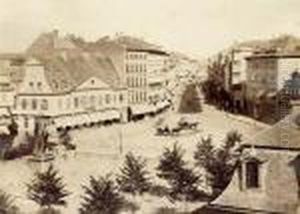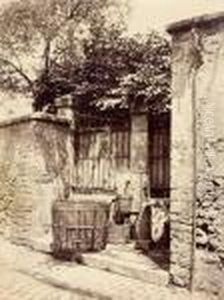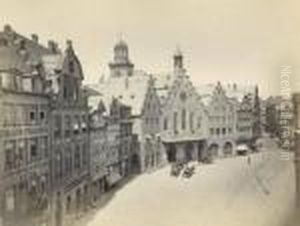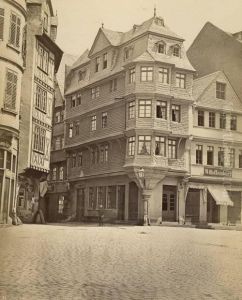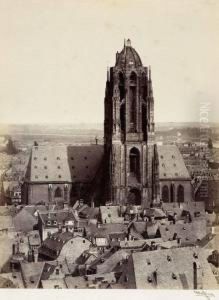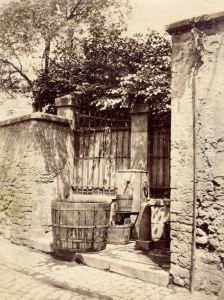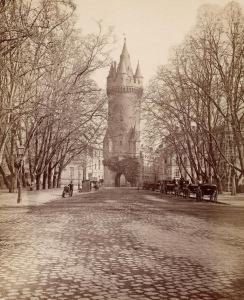Carl Friedrich Mylius Paintings
Carl Friedrich Mylius was a German photographer and lithographer born in 1827 in Friedberg, Hesse. He is particularly known for his significant contributions to early photography, especially in the context of urban landscapes and architectural photography during the 19th century. Mylius's work is often celebrated for its meticulous attention to detail and its historical value in documenting the urban and social transformations of his time.
After establishing himself in Frankfurt am Main, Mylius became an influential figure in the city's cultural and artistic circles. He opened a photography studio that became a center for innovation in photographic techniques and practices. Throughout his career, Mylius was deeply engaged in the technological advancements of photography, experimenting with various processes and formats, including daguerreotypes, albumen prints, and later, gelatin silver prints.
Mylius's photographic collection offers a unique glimpse into the architectural evolution of Frankfurt am Main and other German cities during a period of significant change. His work captures the juxtaposition of medieval structures with the emerging modern urban landscape, providing invaluable insights into the socio-economic and cultural shifts of his time.
Beyond his architectural and urban studies, Mylius also took portraits and documented events, contributing to the broader visual culture of the 19th century. His portraits are noted for their clarity and depth, capturing the personalities and essence of his subjects with precision and sensitivity.
Carl Friedrich Mylius's legacy is preserved through his photographs, which continue to be studied and admired for their artistic quality and documentary value. His works are held in various collections and archives, serving as a testament to his skill and vision as a photographer. Mylius passed away in 1916, leaving behind a body of work that remains a valuable resource for historians, art historians, and anyone interested in the evolution of photography and urban life in the 19th century.
